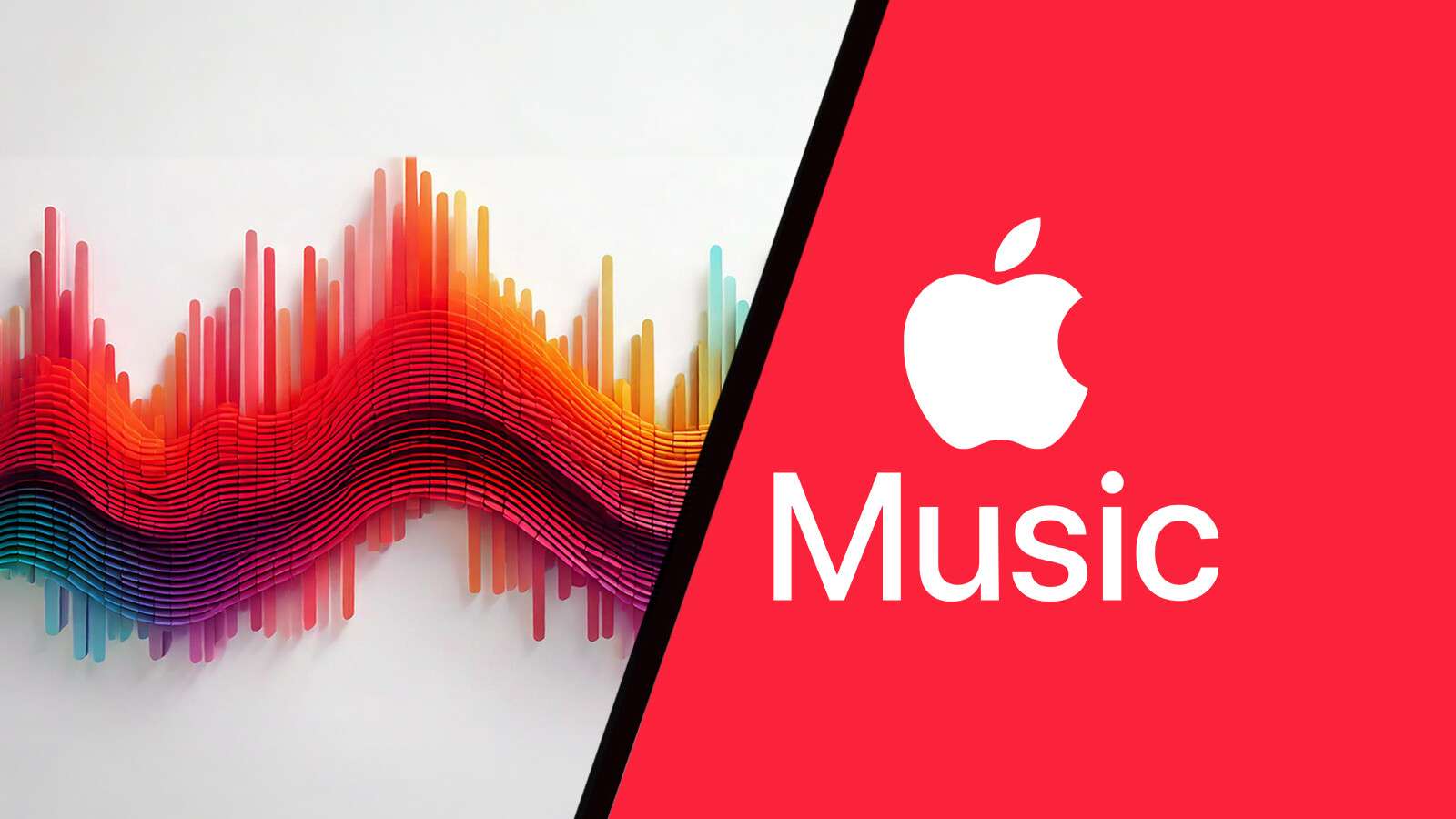The article discusses the competitive landscape of music streaming, focusing on Apple Music’s feature of lossless audio quality. It explains what lossless audio is, how Apple converts WAV files into compatible formats, and the requirements for listening in high quality. The piece highlights the necessity for specialized hardware to experience this quality fully, comparing Apple Music’s performance with competitor Tidal. Ultimately, the article questions the practicality and audience appeal of lossless audio for everyday users.
The landscape of music streaming is increasingly competitive, with numerous providers striving to stand out against industry leader Spotify. A feature gaining traction among these services is ‘lossless audio quality’.
But what does this term mean? Understanding audio quality involves several factors, notably your listening habits and the devices you use.
Understanding Lossless Audio Quality
To grasp the advantages of lossless audio quality, it’s essential to recognize that music is usually produced in a professional studio or via advanced production software. In these environments, instruments are captured at a minimum of CD-quality standards or higher, as professional mixing and audio mastering take place. This process typically ensures recordings have a quality of at least 16-bit at a sampling rate of 44.1 kHz (kilohertz).
As a result, the final product is stored in WAV format, which serves as an uncompressed, lossless file, ideal for final audio mastering. Depending on production settings, these audio masters can achieve resolutions of up to 24-bit and 192 kHz.
However, WAV files tend to be quite large. Depending on the number of audio tracks and processing used, a single audio master can be between 70 MB and 90 MB. After production, this audio master is submitted to music streaming services via distributors. Given that storage space incurs costs, services like Apple Music convert tracks into compressed yet still lossless formats.
Apple Music’s Levels of Lossless Audio Quality
Apple Music converts the original WAV files into two formats: AAC (Advanced Audio Coding) and ALAC (Apple Lossless Audio Codec). ALAC is particularly noteworthy as it is a unique, compressed but lossless format developed by Apple.
Apple Music presents two tiers of lossless audio quality, providing options that exceed the standard CD quality of 16-bit at 44.1 kHz. While this sounds promising on paper, the real-life differences depend on various factors.
Getting Started with Lossless Audio on Apple Music
Using Apple Music with Bluetooth headphones, such as AirPods 2, complicates the experience. Unfortunately, lossless audio quality can’t be transmitted over Bluetooth connections. Regardless of whether users opt for true wireless or over-ear models, Apple Music automatically downgrades the music quality to AAC format at 256 kbit/s (kilobits per second).
To experience the high-resolution audio quality of up to 24-bit and 192 kHz, a digital-to-analog converter (DAC) is necessary. However, high-quality DACs can cost around 100 euros, and listening will require wired headphones.
For those seeking a more affordable solution, the Apple Lightning to 3.5 mm adapter is available for approximately 10 euros, enhancing audio quality to 24-bit at 44.1 kHz ALAC, surpassing standard CD quality.
Is There a Noticeable Difference?
A crucial question to consider is whether listeners can actually discern the difference in audio quality with Apple Music and the right equipment. To explore this, we compared various songs across all Apple audio levels, including competitor Tidal, which offers 24-bit FLAC (Free Lossless Audio Codec) at 44.1 kHz.
We tested multiple headphone models: Audio-Technica ATH-M50x, AKG K240 Studio, and JBL Tune 210 in-ear headphones. Given their low impedance of up to 55 ohms, all these headphones are suitable for use with smartphones.
While some differences are evident between ‘High Quality’ and ‘Lossless’, distinguishing between ‘Lossless’ and ‘Hi-Res Lossless’ is considerably more challenging. There may be subjective factors at play, and a placebo effect cannot be entirely dismissed.
Both lossless formats offered by Apple Music excel at separating audio elements within songs. While main components like bass, vocals, and kick drums are prominently featured, background vocals and percussion can also be distinguished. In contrast, lossy formats often obscure these details.
Comparing Music Services: Who Comes Out on Top?
A comparison between Apple Music and Tidal raises interesting points. Although Apple claims to provide a new ‘dimension of sound,’ practical assessments reveal that the two services deliver comparable audio quality at 24-bit and 44.1 kHz—making it tough to discern a winner in a blind test.
Final Thoughts: The Importance of Appropriate Hardware
To fully enjoy the benefits of Apple Music’s lossless audio quality, specialized hardware, such
